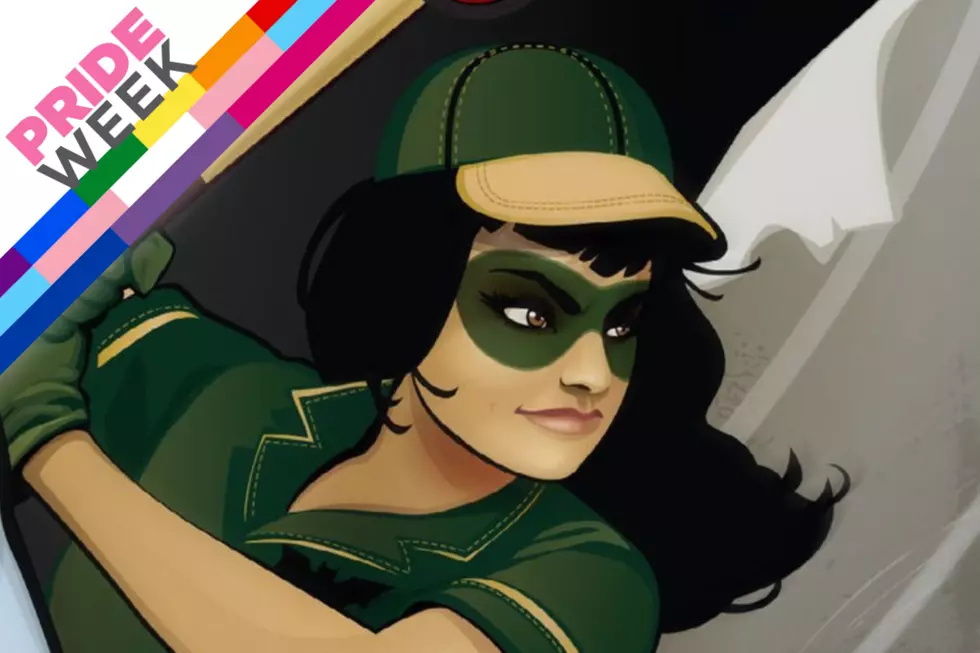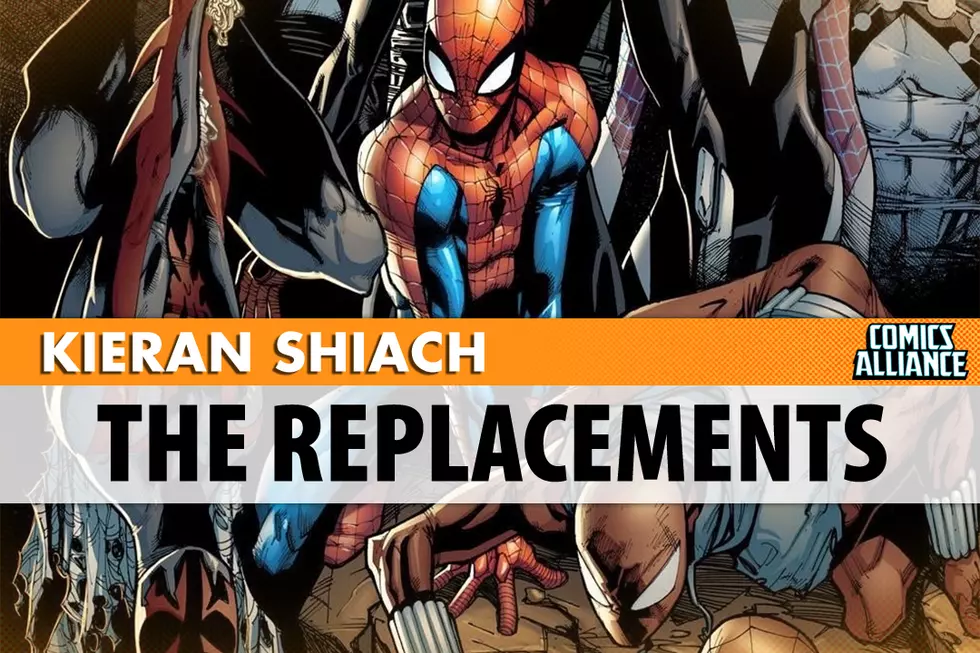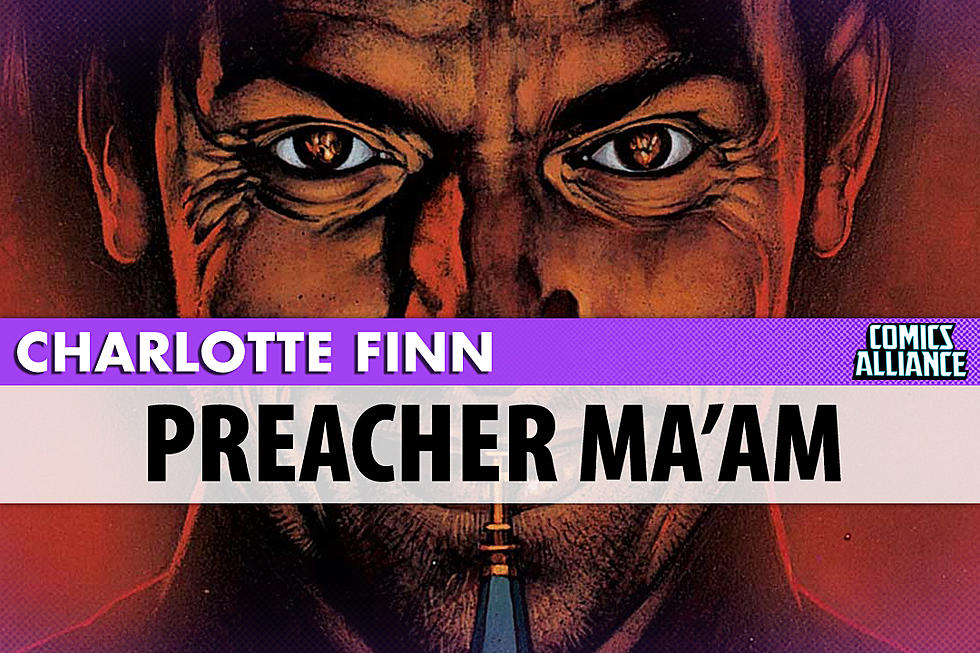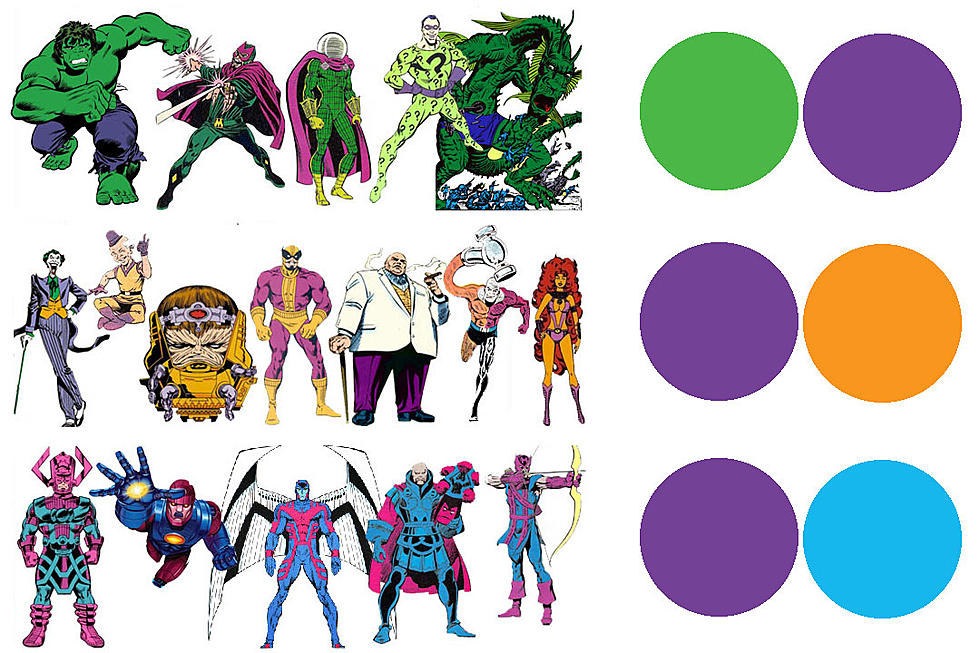
Lost in Transition: 'DC Comics Bombshells' Rewrites History
“It’s like this now.”
Those four words are about as DC a phrase as one gets in comics, more than any quote from any comic, because they summarize DC’s approach to all of its worlds and all of its continuities: we want it to be like this, so It’s like this now.
It’s why there’s been anywhere from two to five reboots of the universe during the time I’ve been reading comics. It’s why there’s a multiverse, and why any attempt to bury the multiverse never lasts. And that multiverse is how we’ve wound up with Bombshells, the digital-first series based off a collection of statues issued by DC Direct, written by Marguerite Bennett and illustrated by a team that includes Marguerite Sauvage, Wendy Broome, Laura Braga, Stephen Mooney, Ming Doyle, Ant Lucia, and Bilquis Evely.









